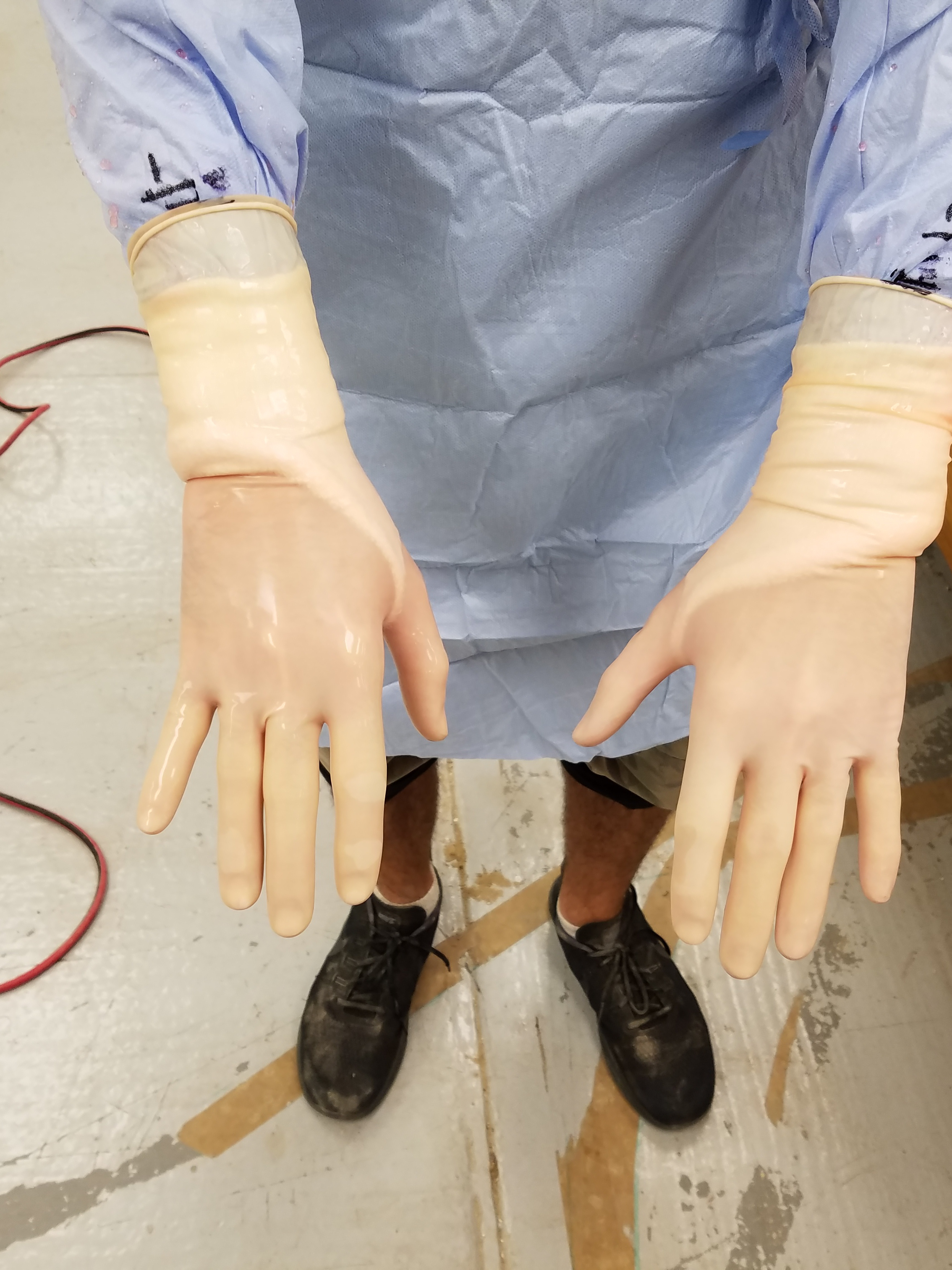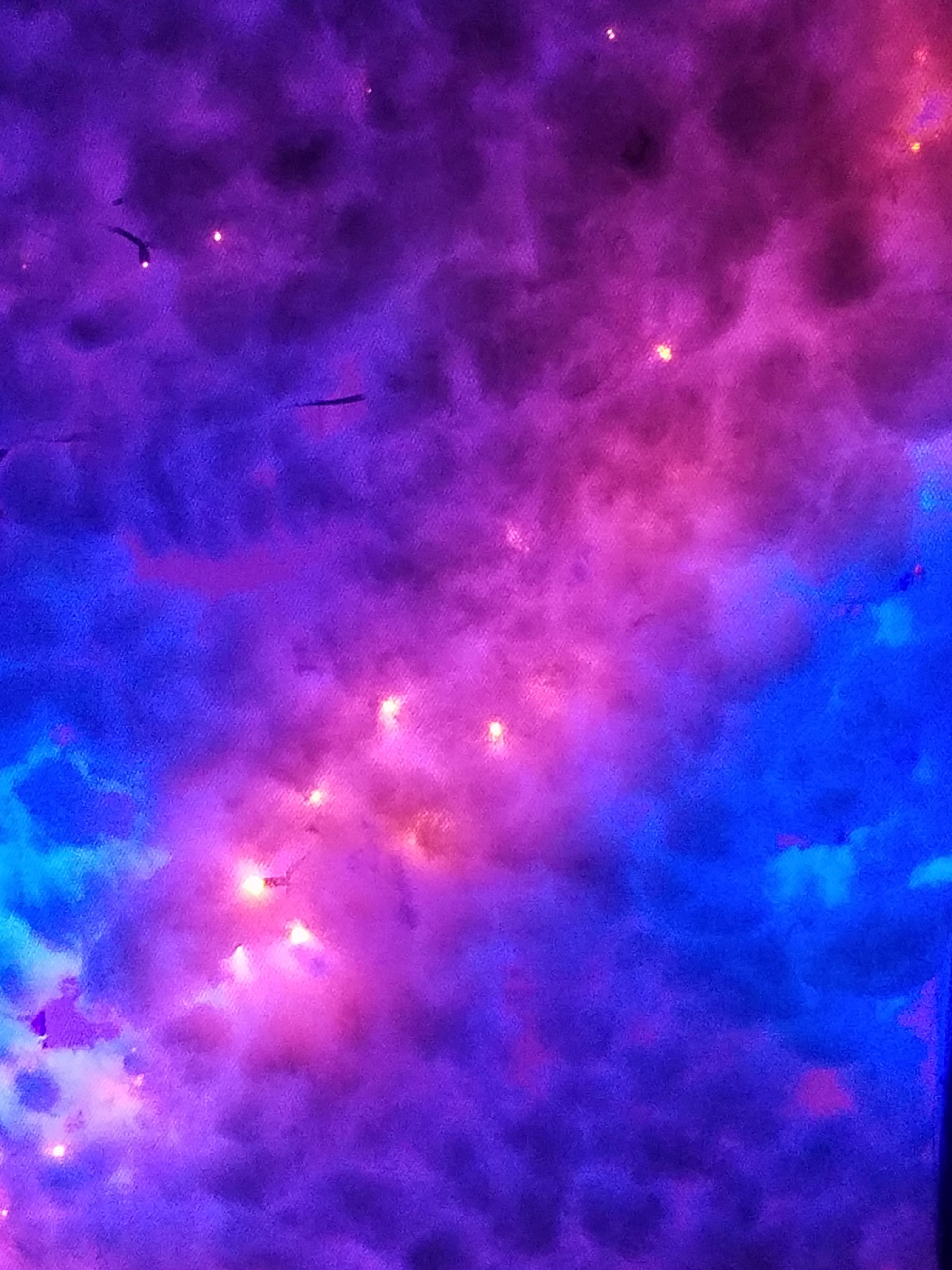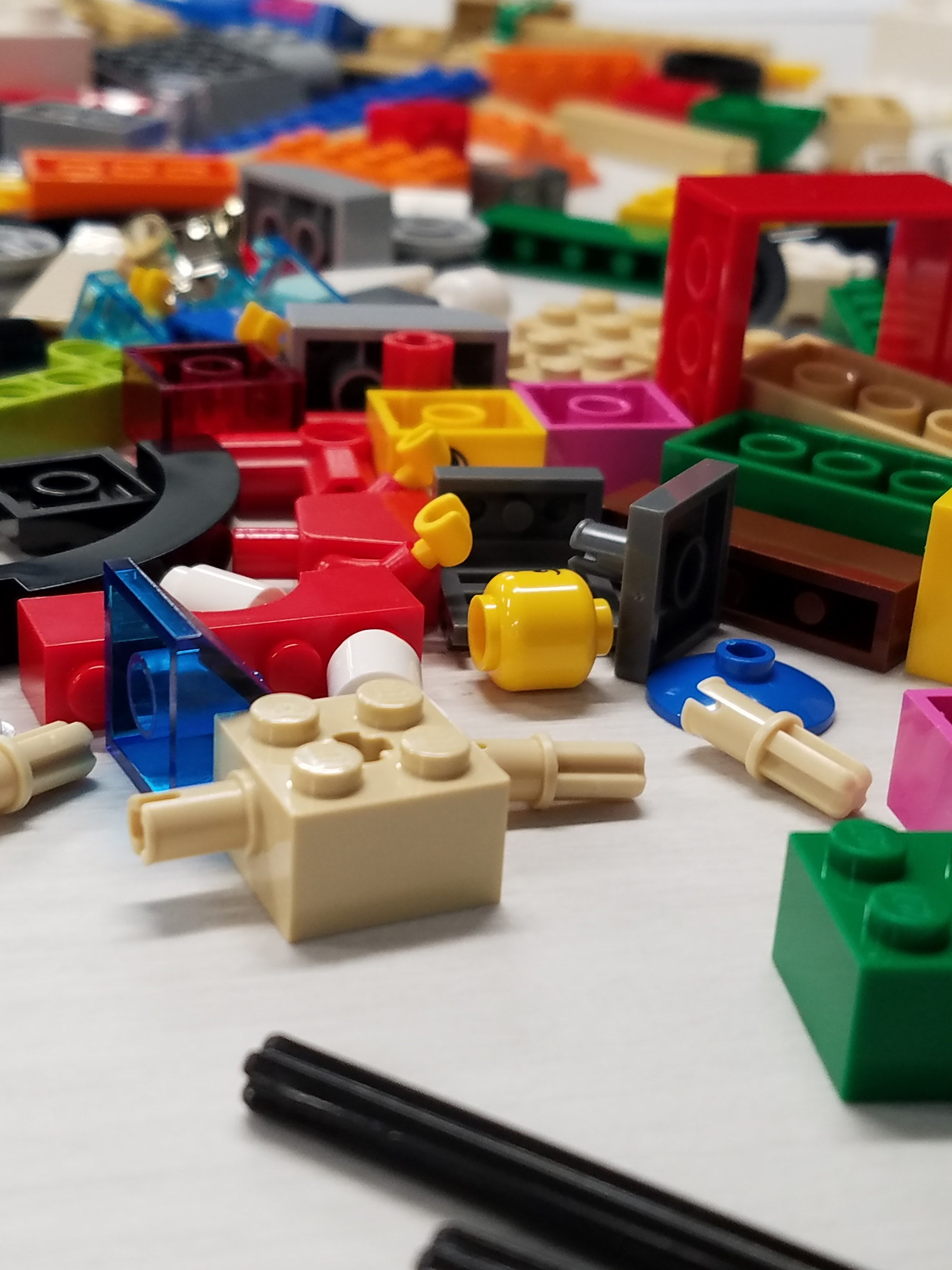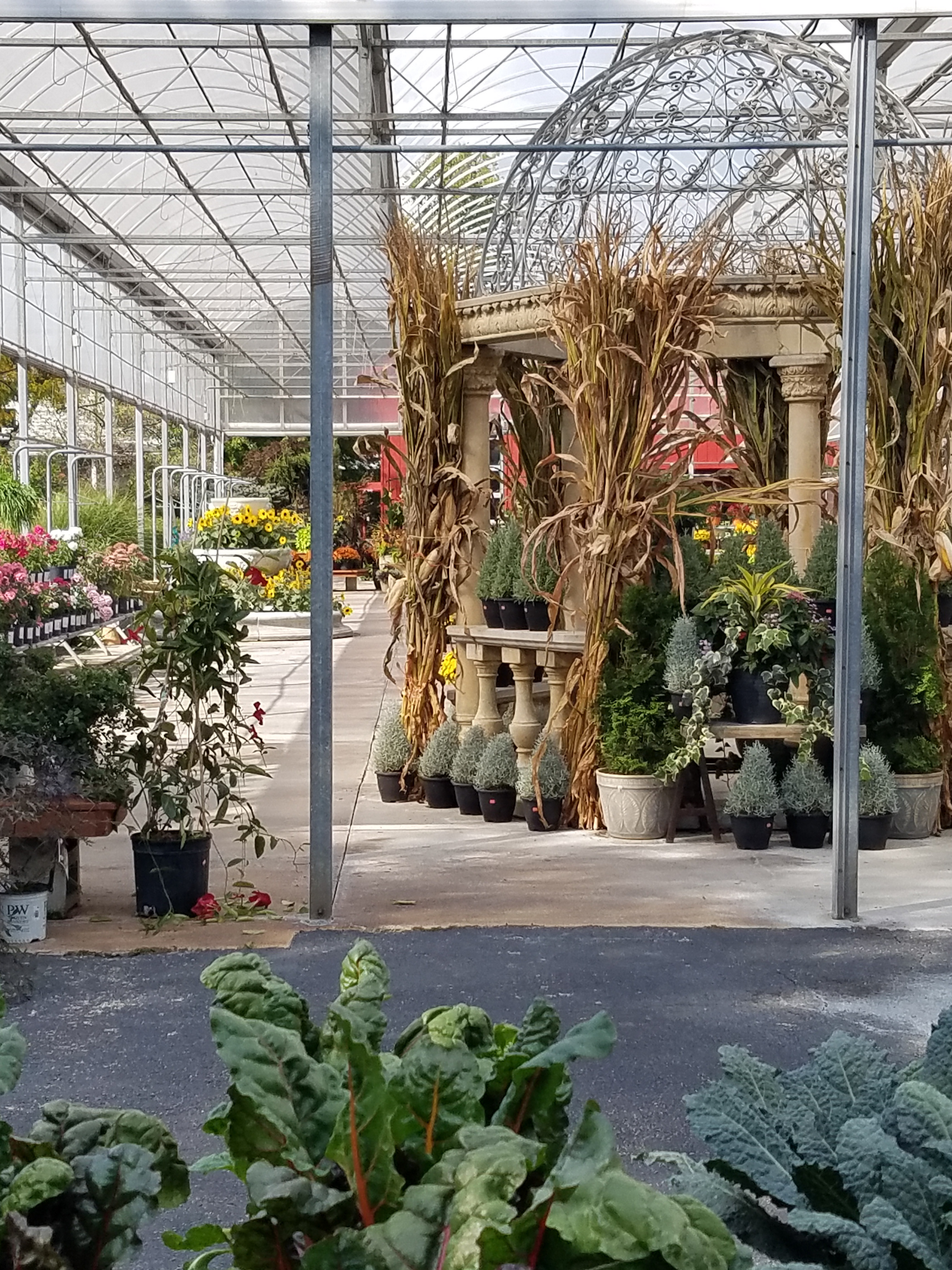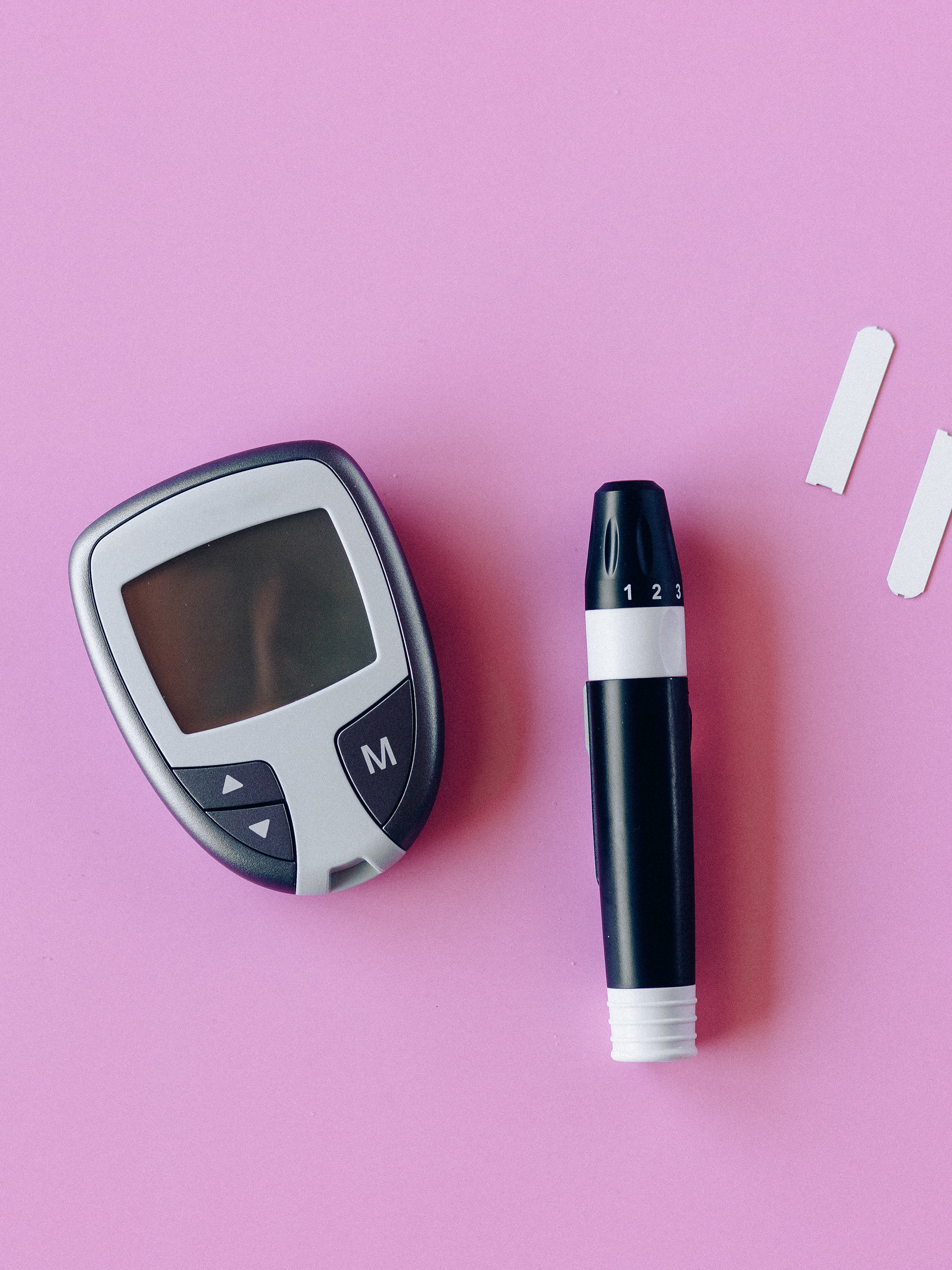Overview
Our team worked with General Services Administration (GSA) and the Alcohol and Tobacco Tax and Trade Bureau (TTB) to develop a prototype with the aim to improve the experience of industry professionals using their systems and services. By prioritizing user feedback and industry insights, we addressed issues of clarity, communication, and transparency in TTB processes. Our direct aim was to streamline interactions with TTB for new members which would lead to greater efficiency and user satisfaction for everyone. This project exemplified a proactive approach to modernizing governmental services and emphasized the importance of innovative solutions that prioritize user needs and promote efficiency within the government sector. This project serves as an example of how user-centric design can transform regulatory agencies and promote greater efficiency and user satisfaction.
Our goal
To identify opportunities to improve and streamline TTB's online services and customer experience.
Outcomes
Both a service prototype and a report. The goal of the former was to be a Futures-based, provocation piece to encourage conversation and break through the barrier to show what the service could be with user feedback. The goal of the latter was written not only to explain the results of the research effort but educate the agency in design thinking methodologies and strategy so they can implement it in their future efforts.
My Role
Senior service designer
Team
Katharine Carr, Courtney Daugherty,
Joe Owens, Kamila Vasquez
Joe Owens, Kamila Vasquez
Methods
Desk research, in-depth interviews, synthesis wall, trend analysis, HMWs, ideation, brainstorming, journey maps, storyboarding, service offering, and prototyping
Deliverables
User archetypes, user journey maps, qualitative research methodology, new member prototype
Tools
Figma
Miro
Microsoft Suite
Google Suite
Miro
Microsoft Suite
Google Suite
Research
This was a six-month effort with TTB, organized by GSA and Bixal. Our three-member team specifically tackled the customer experience effort and in charge of looking towards the future to find long term user-based solutions to current problems. During the research phase, we did in-depth interviews with industry members who interact with TTB. The first round of interviews built the foundation of understanding for the initial user archetypes and journey maps and the second round was used as validation and as an investigative effort to build the new member prototype.
Research goals:
- Understand current customer behavior and pain points
- Define the needs of new members and small businesses
- Find opportunities to streamline the service
- Educate the client in design methods
- Ease client fears about using user research
- Define the needs of new members and small businesses
- Find opportunities to streamline the service
- Educate the client in design methods
- Ease client fears about using user research
Notes from participant interviews
We did both STEEPLE and desk research to understand the trends of alcohol and craft beverage industry. We found case studies and research that pointed the way towards integrative technologies and methods that TTB could use to streamline regulation. We also found supporting data on customer behaviors and market needs that will be expanding in the near future.
STEEPLE analysis from the research stream
Analysis & Synthesis
Summarize the findings from the research phase.
Identify pain points and opportunities for improvement.
Use frameworks like journey mapping or service blueprints to visualize the current state.
Ideation Phase
Describe brainstorming sessions or ideation workshops conducted.
Highlight the generation of ideas for service improvement or innovation.
Discuss how these ideas were evaluated and prioritized.
Prototyping & Testing
Explain the process of prototyping service solutions.
Detail how prototypes were tested with users.
Discuss any iterations made based on user feedback.
Impact & Results
Quantitative and qualitative data on the impact of the redesigned service.
Key performance indicators (KPIs) before and after implementation.
User feedback and testimonials.
Reflections & Learnings
Reflect on the overall process and outcomes.
Discuss what worked well and what could be improved for future projects.
Share any insights gained from the project.
Conclusions
Summarize the key points of the case study.
Reinforce the significance of service design in addressing government challenges.
Mention any future plans or next steps.
Multimedia & Images
Incorporate visual aids such as diagrams, charts, and photographs to enhance understanding.
Include videos or animations to showcase the service in action or user interactions.
